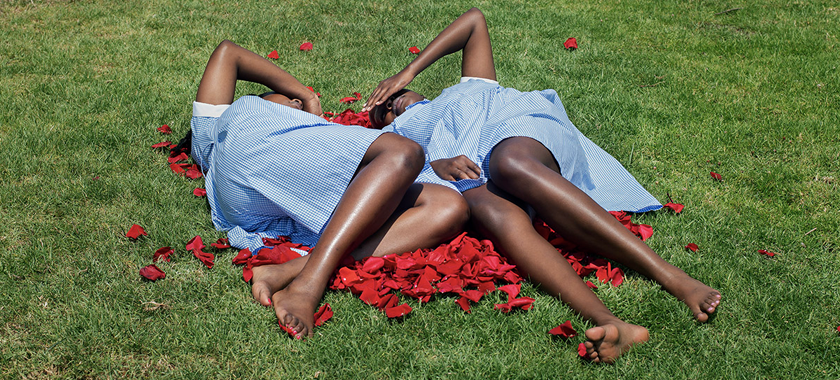
“Ask the Artists” Part 5: What Do You Wish You Knew About Being an Artist When You Were First Starting Out?
Hear from Jean Shin, Desiree C. Bailey, Luis Valderas, Derek Fordjour, Meredith Monk, and more.
In our “Ask the Artists” series, we asked NYFA-affiliated literary, performing, and visual artists a series of questions about the creative life. In previous posts, we learned about how they define career success and the best advice they ever received. In our next installment, we asked:
What do you wish you knew about being an artist when you were first starting out? What advice would you give the younger version of your creative self, now that you are further into your career?
Geoffrey Chadsey
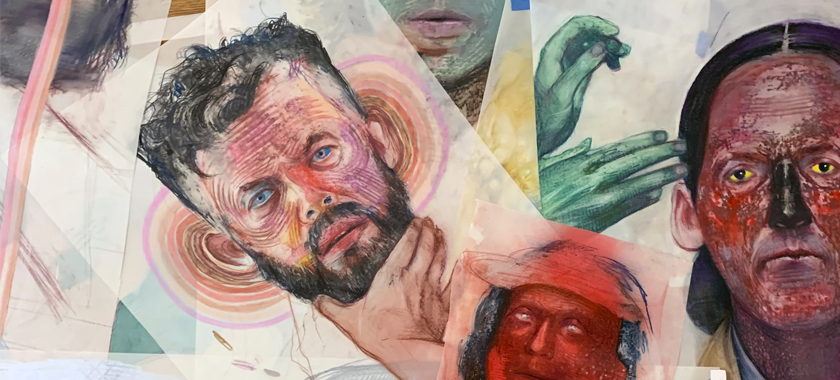
Trust your gut. Be vigilant about how you are making. When I was young I just wanted to be right. It’s taken me a long time to get to be weird. A deep personal weird that you can only get to from listening to your gut, letting desire with its unconscious push make the direction in the studio. I come from a generation of artists that are very comfortable with appropriation, quoting, copying bits from the outside world to cobble together something that hints at interiority, a personal point of view, a creation. It’s harder to just let something happen in the work, to go blind for a while, to let accidents happen, the unconscious act, the Freudian slip.
Chadsey was a NYSCA/NYFA Artist Fellow in Printmaking/Drawing/Artist Books in 2011 and 2020.
Erin O’Keefe
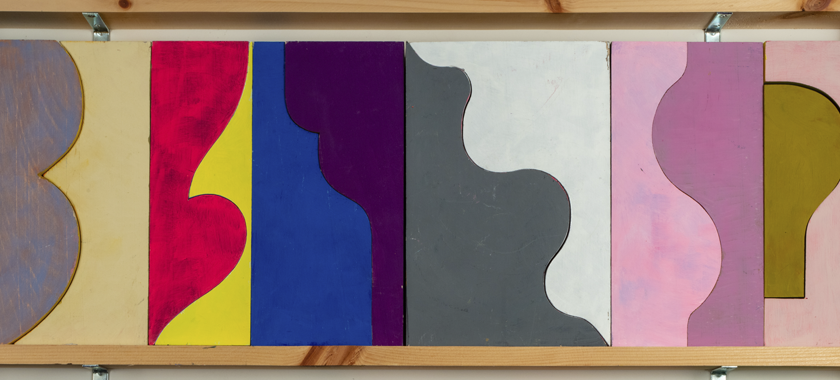
I don’t think I fully absorbed the weight of both my ability to constantly second guess myself, and the number of really solitary hours that you need to get the work done. My previous career was in architecture, which is very collaborative, so the expanse of all of that quiet studio time was something that took me a while to adjust to. As far as advice—be patient and guard your studio time fiercely.
O’Keefe was a NYSCA/NYFA Artist Fellow in Photography in 2019.
Image Detail: From Erin O’Keefe’s studio, Photo Courtesy of the Artist
J.T. Rogers
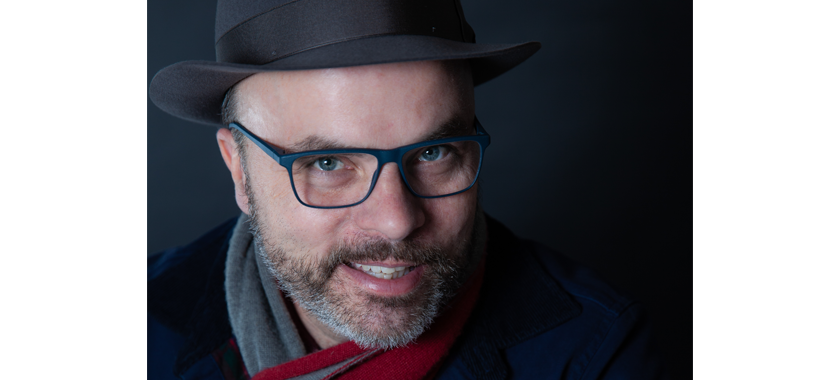
Be kind to yourself. I was very, very hard on myself for years. I chastised myself for not being successful enough, prolific enough, good enough. All this did was make me miserable and slow my artistic growth. Doing any creative work is hard, even harrowing. So be good to yourself as you make your way. Your health and your work will both be the better for it.
Rogers was a NYSCA/NYFA Artist Fellow in Playwriting/Screenwriting in 2004, 2008, and 2016.
Image Detail: J.T. Rogers, Photo Credit: Rebecca Ashley
Jean Shin
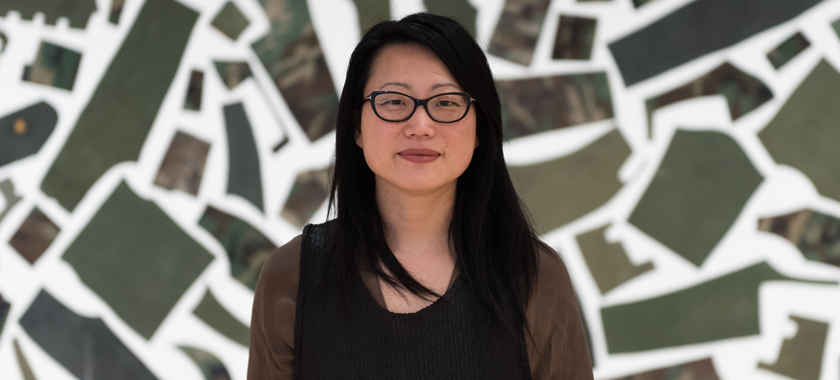
My advice is to cultivate and invest in your long-term creative growth as an artist, instead of short-term, quick solutions. Surround yourself and work with people and organizations who align with your values. A career in the arts is not about winning awards and competition, it’s about building and contributing to a meaningful artistic community you care about. Instead of looking for external validation, offer this mutual support within your own circle of friends. Generosity feeds generosity. Don’t be afraid to ask for help and guidance. Most importantly, remember to acknowledge this support, be grateful and reciprocate.
Shin was a NYSCA/NYFA Artist Fellow in Sculpture in 2003 and Architecture/Environmental Structures in 2008.
Coco Fusco
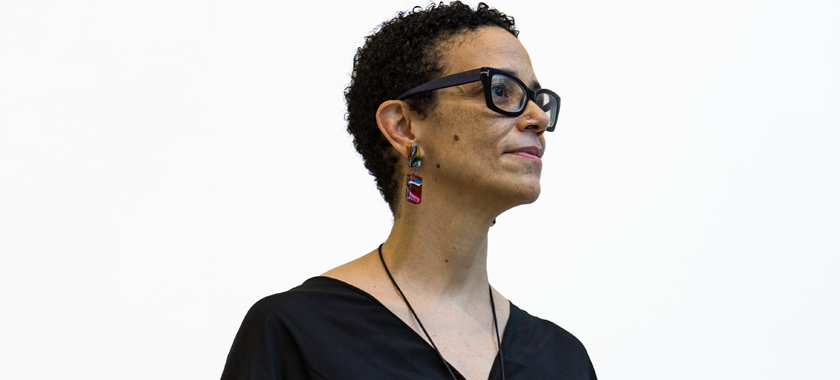
I wish I had been less idealistic. I always tell my students to think about the long haul—to find ways to sustain their practice over decades rather than being concerned on immediate success.
Fusco was a NYSCA/NYFA Artist Fellow in Nonfiction in 1991 and 2014.
Image Detail: Coco Fusco, 2018; Photo Credit: Ross Collab
Desiree C. Bailey
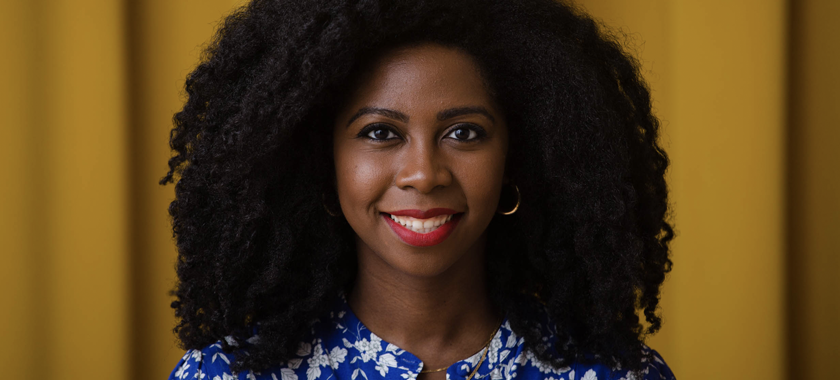
I would encourage my younger creative self to be more comfortable reaching out for guidance or mentorship. At the time, I was nervous about exploiting people’s time and attention. I was also concerned about being exploited, which sadly, is a valid concern. More than anything, I have compassion for my younger self for navigating a field that can sometimes be perplexing.
Bailey was a NYSCA/NYFA Artist Fellow in Poetry in 2017.
Image Detail: Desiree C. Bailey, Photo Credit: Aslan Chalom
Lily Honglei
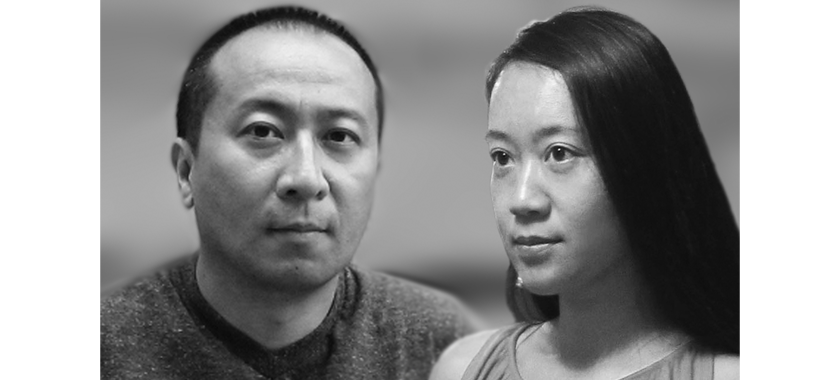
We would reassure the younger version of our creative selves that there isn’t a shortcut to a great art career, and all obstacles and hardships in personal experience will eventually become the strength of an artist, who can better understand human sufferings and strive to create healing through art.
Lily Honglei’s “The Stereotype” project is Fiscally Sponsored by NYFA, and Honglei was a NYSCA/NYFA Artist Fellow in Interdisciplinary Work in 2015.
Image Detail: Lily and Honglei headshot, Photo Credit: Lily Honglei Art Studio
Nina Katchadourian
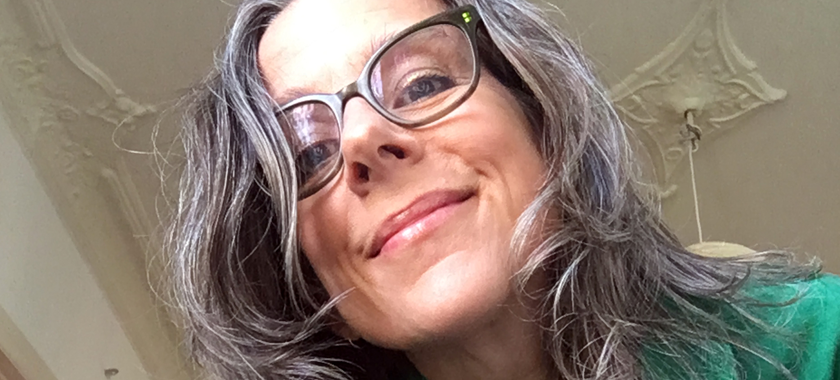
Sometimes the work you are making now can have fuller resonances in a future moment. I made a multi-channel video work in 2005, which I exhibited, and then it was shown again in 2015—and the second time, it felt as if suddenly there was a much more vibrant and engaged conversation around it. Perhaps that was in part because I had more of an audience by then, but I think it wasn’t just that—I think it was something about its subject suddenly being something that was more on people’s minds. This piece suddenly “made more sense.” The piece was exactly the same work as it was 10 years earlier, but it was an experience for me of showing the work as if for the first time.
Katchadourian was a NYSCA/NYFA Artist Fellow in Video in 2004.
Eva and Franco Mattes
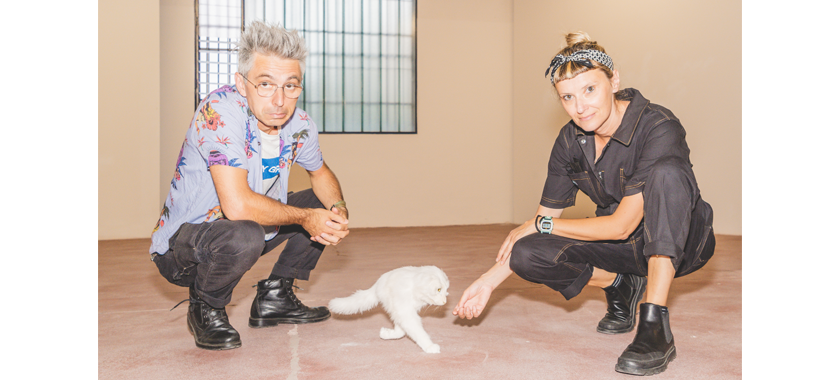
It will sound pretty dumb, but the best advice we can give is to ask for advice. When in doubt, just ask another artist, ideally someone who’s a little bit ahead of you in terms of career, so they have already dealt with the problems you’re facing. We’d avoid artists that are too much ahead of you, as they probably don’t even remember what you’re going through ;-).
Eva and Franco Mattes were NYSCA/NYFA Artist Fellows in Digital/Electronic Arts in 2017.
Image: Franco and Eva Mattes; Milan, 2021; Photo Credit: Nicola Biscaro
Jennifer Wen Ma
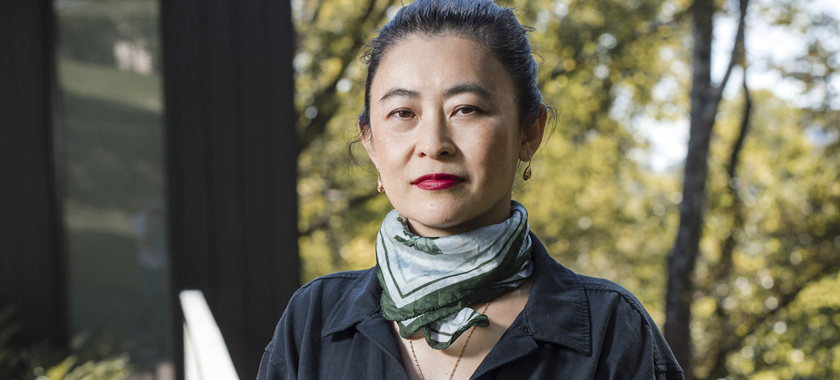
It took me a long time at the beginning of my art making journey to believe and trust in my abilities and follow my instincts. I would tell my younger self to come out from hiding and fully embrace my essence. But this was something that I had to learn by experience, not by being told. The helpful exercise to trust and believe in myself continues to today.
Ma was a NYSCA/NYFA Artist Fellow in Performance Art/Multidisciplinary Work in 2003. Her “An Inward Sea: Oral History” project is Fiscally Sponsored by NYFA, and her “Paradise Interrupted” project was formerly Fiscally Sponsored by NYFA.
Image Detail: Portrait of Jennifer Wen Ma, Photo Courtesy of Loghaven Artist Residency, 2022
Luis Valderas
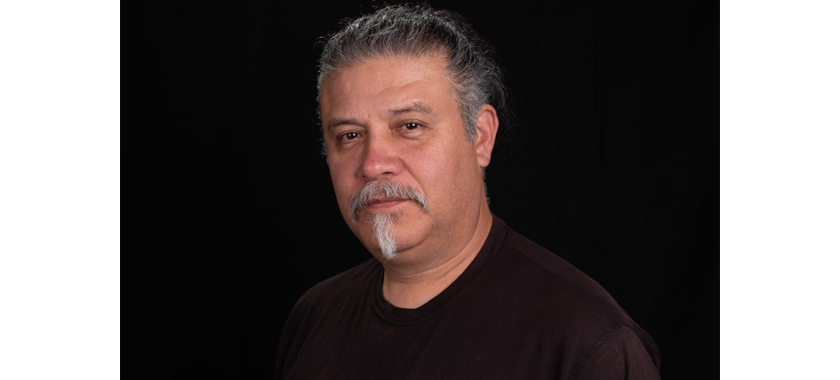
I have documented what I’ve done to some degree but I wish I would have kept a better record and documentation of my experiences as an artist. This includes photographs of people, places, and things.
I would advise my younger self to keep better notes and documentation of my art processes and results—that goes a long way. Also, go to the dentist sooner.
Valderas was a mentor in NYFA’s Immigrant Artist Mentoring Program: San Antonio in 2018 and 2019, and is a member of NYFA’s Board of Trustees.
Image Detail: Luis Valderas, Photo Credit: LMG Photography
Elizabeth Streb
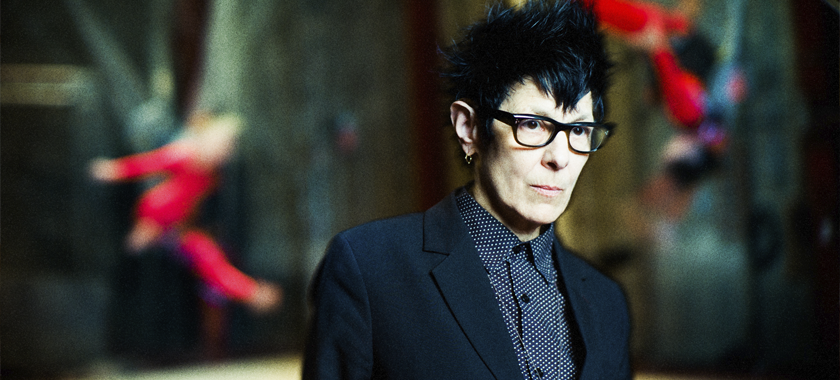
One time I was walking along with this person who I danced with in June Finch’s company and she said to me, “do you ever have any doubts about what you’re doing?” I remember being mystified by her question. I became aware in that moment that I absolutely do not have one doubt about what I am doing, what I want to do, and what my expectations are.
When I was just a kid, not from a fancy family at all, and I was in grammar school, I could draw—just a natural talent that I had at the time. Now you look at my drawings and can’t make any sense out of them, but then, I could draw these humongous enlargements of hallmark cards. When I graduated from the 8th grade they gave everyone a name, and I was Rembrandt II. When you’re called Rembrandt II, you really feel pretty fancy and have very few doubts about yourself and what you’re doing.
I think every artist should just not worry about the future. Once you start worrying about the future, life is dead to you.
Streb was a NYSCA/NYFA Artist Fellow in Choreography in 1986, 1990, and 1994.
Lauri Lynnxe Murphy
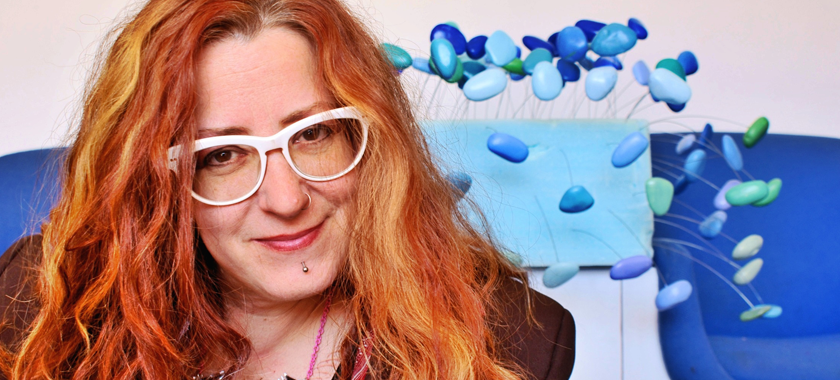
I wish I had known that rejection isn’t personal—sometimes you weren’t the right fit, and a different jury could look at the same application and say yes! I wish my younger self hadn’t felt it so deeply that at times, I wanted to give up, or that I walked away from relationships because I took the rejection as not about my art, but in a more personal way. I would have told myself to reach out for feedback as to how I could approach something better the next time I applied—a couple of times, that act alone has led to new opportunities!
I also wish I had possessed a crystal ball to see the ways the art world has changed. There are SO many more opportunities now than there were when I was younger, and the role of gatekeepers has been somewhat thwarted by social media. So I would tell my younger self to always be looking forward to the new things and to stay on top of them!
Murphy was a mentor in NYFA’s Immigrant Artist Mentoring Program: Denver in 2021.
Derek Fordjour
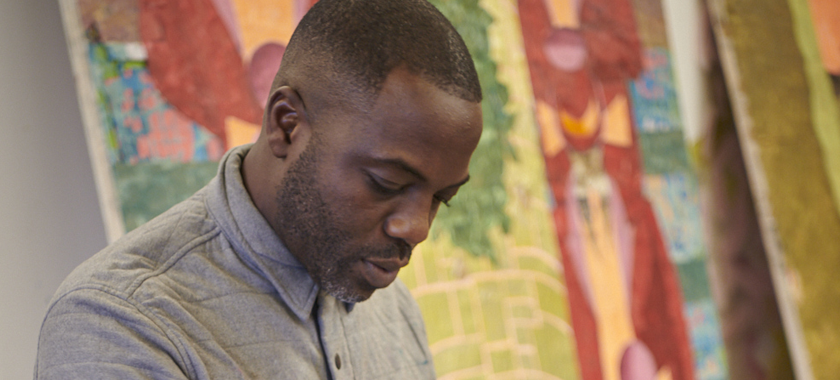
I wish I had more opportunities to physically see great art. When I started out, lots of the art I saw were reproductions in books. It’s simply not the same. I would have bugged my parents to take me to more museums even in other cities. I would advise my younger self to be patient and trust the process. I also wish I had learned to be gentle with myself earlier too.
Fordjour was a NYSCA/NYFA Artist Fellow in Painting in 2018.
Image Detail: Derek Fordjour, Photo Credit: Jason Schmidt
Meredith Monk
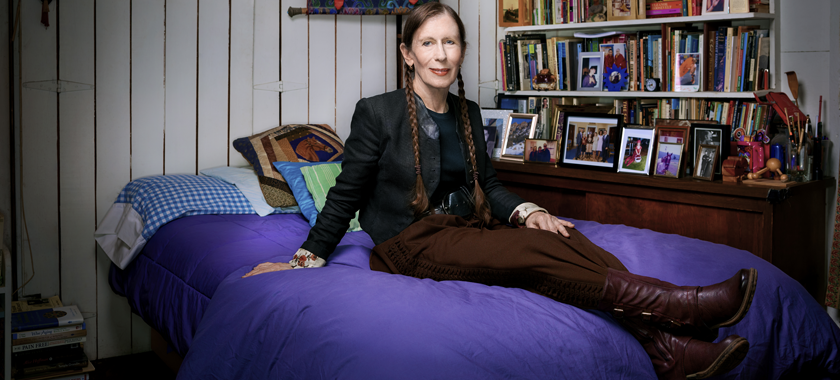
To honor your process, your own talent, and nurture and take care of it consciously. I have always thought that being an artist is more like a calling than a career choice. From the time I was very young I knew that this would be my path and that it was a “choiceless choice” that required total commitment. I knew that I had to develop resilience to keep going, and to learn how to respond to harsh criticism. If it came from someone I respected, then I would think about it and maybe I would learn something. Other times I discovered that it really had more to do with that person, or other agendas. We have enough of a critical voice in our heads as artists so I think that these kinds of situations really call for us to use our discriminating intelligence. Building your personal ethics, your integrity, and endurance is very important for longevity.
Having to flex these muscles as a young person was really good: painful, but very useful. In terms of the world, what I have found is that sometimes it has caught up to what I’m doing and at other periods, it hasn’t. I think that for a young artist it’s very important to keep on going no matter what. Sometimes you’re ahead of your time, when people might not relate to your work until a few years later. Sometimes there’s big interest in your work and years when you’re “in fashion” and other years when you’re not, but that’s not a time to be discouraged because it usually comes back around again. Ultimately, none of this matters. The most important thing is to keep creating.
As artists we’re like the antennae of the society, and we sometimes feel the undercurrents of the society before other people do. We’re passing on our perceptions and have the possibility to revere the magic of life by awakening vibrancy and presence with our work.
Monk was a NYSCA/NYFA Artist Fellow in Music/Sound in 1985.
Image Detail: Meredith Monk, Photo Credit: Brad Trent
Chico MacMurtrie
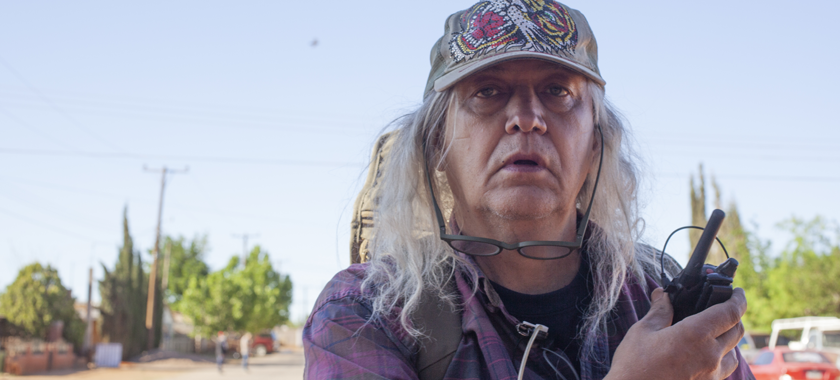
Every day, I wish that I had a better structure in creative writing and writing because it’s such a powerful tool. And also mathematics, it’s such a very interesting companion to art and you’d never know it. I think that those two things should be included in curriculums in art school.
MacMurtrie was a NYSCA/NYFA Artist Fellow in Computer Arts in 2003, Digital/Electronic Arts in 2009, and Craft/Sculpture in 2020.
Image Detail: Chico MacMurtrie after the “Border Crosser” border performance at the Naco, Arizona / Naco, Sonora U.S.- Mexico border, 2021, © Chico MacMurtrie/Amorphic Robot Works Photo Credit: Bobby N. Adams
Kalup Linzy
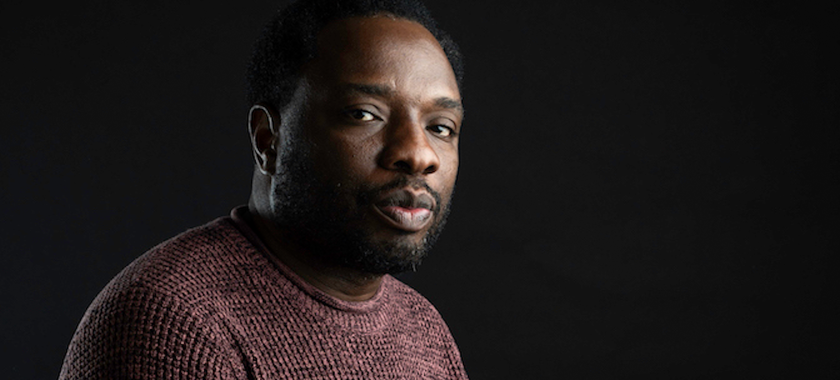
Stop worrying and just go with it. It will work itself out. Have more confidence in uncharted territories.
Linzy was a NYSCA/NYFA Artist Fellow in Video/Film in 2015.
Image Detail: Kalup Linzy, Courtesy of Melissa Lukenbaugh and the Tulsa Artist Fellowship
Chitra Ganesh
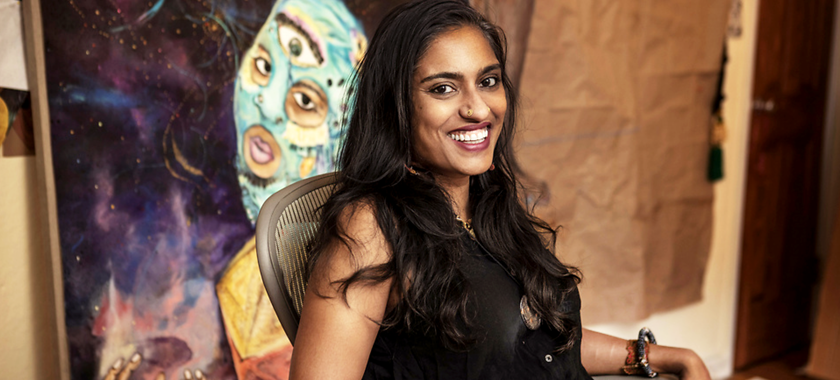
Trust yourself! Try not to take the rejections or challenges in your path personally. Have the courage to take difficult feedback, especially from loved ones you trust. Find and lean towards the moments of joy you find in your process.
Remember that you are part of a much larger set of structures and systems—of history, power, and market-based circulation, not to mention the context of a highly polarized moment of discourse in a chaotic world that has a very short attention span.
Invest in friendship and artistic community—your peers and colleagues will not only give you opportunities, but also create space that holds you when everything else feels like it is falling apart. I’m sharing advice that I’ve given to other artists here, which incorporates some of what I’ve learned in my career.
I’m sharing advice that I’ve given to employees, students, and mentees, which incorporates some of what I’ve learned in my career:
Being a great artist comes hand in hand with being a good person, a good friend, a good partner, and being kind to yourself (Sahana Ramakrishnan).
Learn to advocate for yourself as both a person and an artist. Don’t be afraid of speaking up for your needs; accept it as part of the work. Before difficult negotiating conversations, prepare by making a couple of scripts of what you might like to say (Opal Ong).
It is important to give yourself permission to be free. One way to do this is by collecting objects and ideas that are generative for you, and keeping them in reach in the studio. Maintain an ongoing research practice and experiment with materials! This will help make your thinking process visible in the art practice (Kelsey Isaacs).
Ganesh was a NYSCA/NYFA Artist Fellow in Printmaking/Drawing/Book Arts in 2005 and 2009.
Widline Cadet
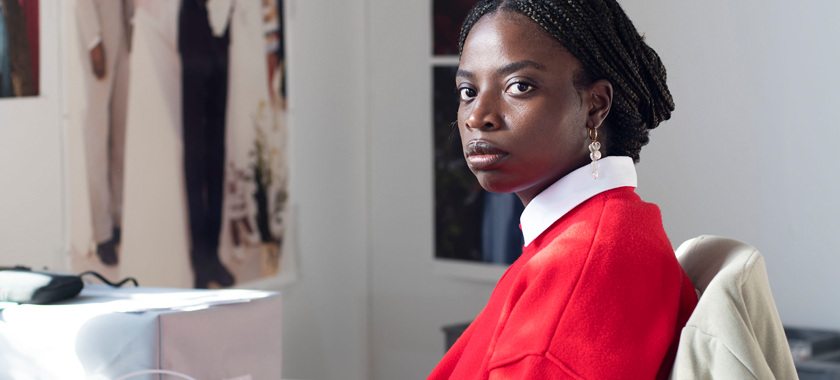
I wish I knew how long and oftentimes painful of a commitment it would be. My advice to my younger self would be to buckle down and try to be a little bit more prepared for the long haul, to be kinder to myself, and to know and believe in my worth as an artist.
Cadet received a JGS Fellowship in Photography in 2020.
Image Detail: Widline Cadet, Courtesy of the Artist
Shimon Attie
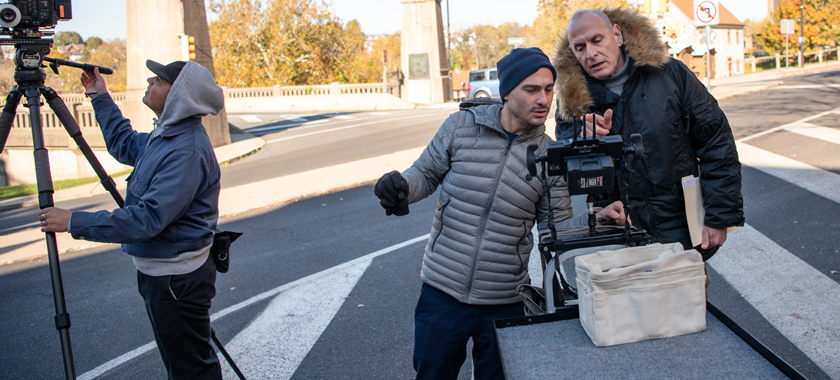
Advice I wish I had gotten relates to branding, how you get branded as an artist, how your work gets contextualized, with which galleries you show, with which galleries you should not show. I went to art school in Northern California, I was kind of a hippy boy and just wanted to make art…very idealistic. I almost approached art making with a religious type of fervor. But that stuff is important. I didn’t have an art world mentor who was taking me under their wing, and I do think it would have been better if I had.
Attie was a NYSCA/NYFA Artist Fellow in Photography in 2000, Performance Art in 2005, Video in 2010, and Architecture/Environmental Structures/Design in 2019.
Image: Shimon Attie (on right) from the making of “Starstruck: An American Tale,” 2021-22, Photo Credit: Christine Kreschollek
Sarah Oppenheimer
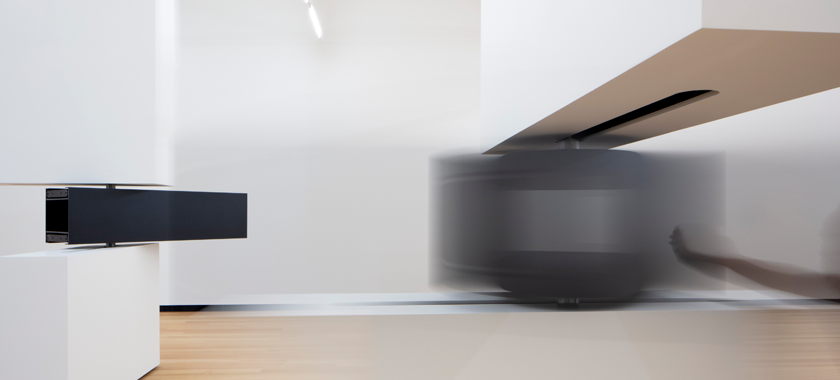
Questions will stay wonderfully unanswered if you let them grow and change.
Oppenheimer was a NYSCA/NYFA Artist Fellow in Architecture/Environmental Structures/Design in 2006, 2010, and 2016.
Image Detail: Sarah Oppenheimer; “SM-N4;” 2021; aluminum, steel, and existing architecture; dimensions and duration: variable; installation view: Wellin Museum of Art at Hamilton College, USA; Photo Credit: John Bentham
Baseera Khan
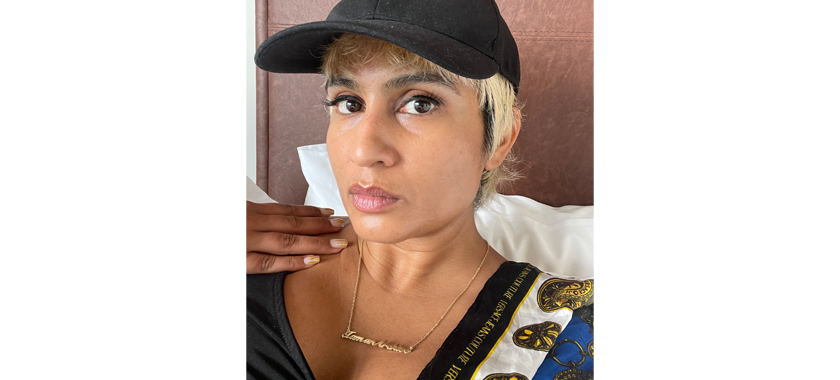
I wish I knew that people unintentionally position themselves against you so they do not have to take accountability for their own fears and anxieties earlier in life. In a way their fears are projected upon you and in the end you are left holding the heavy bag for everyone in the room.
As an artist you can become the mule of society—the mule as the workhorse. Perhaps this dynamic happens more with artists because your goal as an artist is to name unnamable circumstances. You bring visual reception and language, or shape of some kind into the world. Where the origin of thought is held at its highest regards is in the mind of the artist. This is an act that requires immense empathic and futurist vision.
The best way to make great unique work is to know yourself. And the best way to protect yourself from people’s energy and baggage is to know that you do not have to carry the weight of people on your shoulders.
Khan was a NYSCA/NYFA Artist Fellow in Interdisciplinary Work in 2018.
Read more “Ask the Artists” posts
“Ask The Artists” Part 1: What Is Your Definition of Success?
“Ask The Artists” Part 2: What Is Your Definition of Success?
“Ask the Artists” Part 3: What is the Most Valuable Career Advice You’ve Ever Received?
“Ask the Artists” Part 4: What is the Most Valuable Career Advice You’ve Ever Received?
You can find more articles on arts career topics by visiting the Business of Art section of NYFA’s website. Sign up for NYFA News and receive artist resources and upcoming events straight to your inbox.